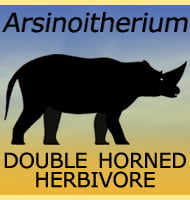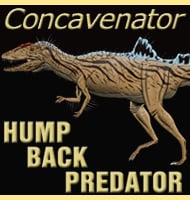In Depth
Eucoelophysis was initially named upon the basis of a proposed similarity to coelophysid dinosaurs like Coelophysis, hence the name Eucoelophysis which means ‘true hollow form’. However a later study by Nesbitt, Irmis and Parker revealed that Eucoelophysis is not a true dinosaur like Coelophysis, but rather a more primitive dinosauriform similar to Silesaurus.
Further Reading
- Eucoelophysis baldwini, a new theropod dinosaur from the Upper Triassic of New Mexico, and the status of the original types of Coelophysis. - Journal of Vertebrate Paleontology 19(1):81-90. - R. M. Sullivan & S. G. Lucas - 1999. - A critical review of the Triassic North American dinosaur record, by S. J. Nesbitt, R. B. Irmis & W. G. Parker - 2005. In, II Congresso Latino-Americano de Paleontologia de Vertebrados, Boletim de Resumos. Rio de Janeiro, A. W. A. Kellner, D. D. R. Henriques & T. Rodrigues (eds). - A critical re-evaluation of the Late Triassic dinosaur taxa of North America. - Journal of Systematic Palaeontology, 5:209-243. - S. J. Nesbitt, R. B. Irmis & W. G. Parker - 2007.









